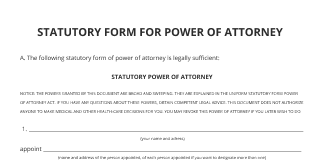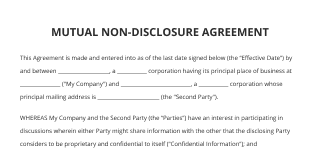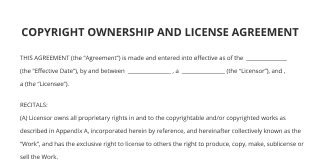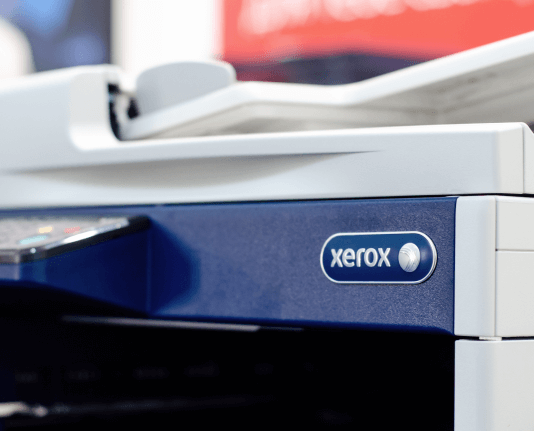Understanding Due on Receipt Terms for Seamless Document Management
Move your business forward with the airSlate SignNow eSignature solution
Add your legally binding signature
Integrate via API
Send conditional documents
Share documents via an invite link
Save time with reusable templates
Improve team collaboration
See airSlate SignNow eSignatures in action
Understanding due on receipt terms
Due on receipt terms refer to payment conditions where the payment is expected immediately upon the recipient's receipt of the invoice or goods. This term is commonly used in various business transactions, ensuring that sellers receive payment promptly without extended credit terms. It is essential for businesses to clearly communicate these terms in their invoices to avoid any confusion regarding payment expectations.
Implementing due on receipt terms in your documents
When preparing documents that include due on receipt terms, it is crucial to specify this payment condition clearly. You can create an invoice using airSlate SignNow that outlines the due on receipt terms prominently. This ensures that clients understand their obligation to pay as soon as they receive the invoice. Including this term can help streamline your cash flow and reduce the risk of late payments.
Benefits of due on receipt terms
Utilizing due on receipt terms can provide several advantages for businesses. These include:
- Improved cash flow: Receiving payments immediately upon receipt can enhance your business's liquidity.
- Reduced credit risk: By requiring payment upfront, you minimize the risk of non-payment or delayed payment.
- Clear expectations: Clearly stating payment terms helps avoid misunderstandings and disputes with clients.
Best practices for invoicing with due on receipt terms
To effectively implement due on receipt terms in your invoicing process, consider the following best practices:
- Be explicit: Clearly state "Due on receipt" on the invoice, preferably in bold or highlighted text.
- Include payment methods: Specify accepted payment methods to facilitate quick transactions.
- Follow up promptly: If payment is not received, follow up with a polite reminder to reinforce the terms.
Common scenarios for using due on receipt terms
Due on receipt terms are particularly useful in various business contexts, including:
- Freelance services: Freelancers often use these terms to ensure immediate payment upon delivery of their work.
- Retail transactions: Businesses selling goods directly to consumers may adopt these terms to facilitate immediate payments.
- Consulting services: Consultants can benefit from these terms to ensure they are paid upon completion of their services.
Creating a digital invoice with due on receipt terms
Using airSlate SignNow, you can easily create a digital invoice that includes due on receipt terms. Start by selecting the invoice template, then customize it by adding your business details, client information, and the specific payment terms. Once completed, you can send the invoice for eSignature, ensuring that both parties acknowledge the payment conditions. This process enhances efficiency and helps maintain a professional image.
airSlate SignNow solutions for better efficiency
Our user reviews speak for themselves






Why choose airSlate SignNow
-
Free 7-day trial. Choose the plan you need and try it risk-free.
-
Honest pricing for full-featured plans. airSlate SignNow offers subscription plans with no overages or hidden fees at renewal.
-
Enterprise-grade security. airSlate SignNow helps you comply with global security standards.

Methods for utilizing due on receipt conditions with airSlate SignNow
Comprehending due on receipt conditions is essential for enterprises aiming to enhance their document signing workflows. airSlate SignNow provides an intuitive platform that enables you to handle eSignatures effectively, guaranteeing that your documents are executed swiftly and securely.
Guide to applying due on receipt conditions using airSlate SignNow
- Launch your web browser and head to the airSlate SignNow site.
- Establish a free trial account or sign in if you already possess one.
- Choose the document you intend to sign or distribute for signatures and upload it.
- If you intend to reuse this document, save it as a template for later use.
- Access your uploaded document and perform necessary modifications, such as adding fillable fields or including specific details.
- Sign the document and allocate signature fields for the recipients.
- Click 'Continue' to set up and dispatch an eSignature invitation.
airSlate SignNow offers organizations a robust solution for forwarding and signing documents, ensuring a signNow return on investment with its comprehensive features. The platform is crafted for user-friendliness and scalability, making it perfect for small to mid-sized enterprises. With clear pricing and no concealed charges, you can benefit from excellent support available around the clock for all paid plans.
Begin enhancing your document signing workflow today with airSlate SignNow and discover the advantages of due on receipt conditions!
How it works
airSlate SignNow features that users love
Get legally-binding signatures now!
FAQs
-
What does due on receipt mean?
The amount due, in this case, refers to the total value of a particular invoice or invoices that remain unpaid, as the case may be. The amount due is usually displayed at the bottom of an invoice, often both in numbers and words. -
How long do you have to pay a bill that says due upon receipt?
A payment due upon receipt is a payment that customers must make immediately upon receiving an invoice for a transaction. Typically, businesses use payment due upon receipt to signify that a payment is due by the following business day. -
What does it mean due on a receipt?
'Due upon receipt' in the payment terms of an invoice means that the sender of the invoice expects the client/recipient to pay as soon as they receive the invoice. -
What does "due on receipt" mean on PayPal?
Upon Receipt: When an invoice is due upon receipt, it means payment is due as soon as the customer receives the invoice. -
What is the payment term due on receipt?
The payment terms “due upon receipt” mean that you expect your client to pay as soon as they receive the invoice. Instead of asking them to pay within 14 or 30 days on your invoice, you're letting them know that you expect payment by the next business day. -
What does "amount due" mean on a receipt?
The amount due, in this case, refers to the total value of a particular invoice or invoices that remain unpaid, as the case may be. The amount due is usually displayed at the bottom of an invoice, often both in numbers and words.
What active users are saying — due on receipt terms
Related searches to Understanding due on receipt terms for seamless document management
Get more for due on receipt terms
Find out other due on receipt terms
- Discover effective ways to add an electronic signature ...
- Easily insert signature in Google Forms with airSlate ...
- Effortless e-contract signer for your business needs
- Experience seamless cloud PDF form signing with ...
- Easily manage your signed document in Google Sheets
- Sign documents electronically in Google Docs with ...
- Sign your document in Google Docs effortlessly with ...
- Insert e-signature in Google Doc for seamless document ...
- Experience the best PDF signing service no account ...
- Experience seamless digital sign and fill PDF solutions ...
- Transform your workflow with electronic signature ...
- Discover free online signature generators with airSlate ...
- Easily add a signature to a Google Docs file with ...
- Can I electronically sign on Google Docs with ease
- Insert digital signature in Google Drive effortlessly
- Discover my document signer for effortless eSigning
- Streamline your document workflow with internet ...
- Unlock efficiency with the best internet form signer
- Experience free online document signing and filling ...
- Sign documents with fillable PDF signing online






























